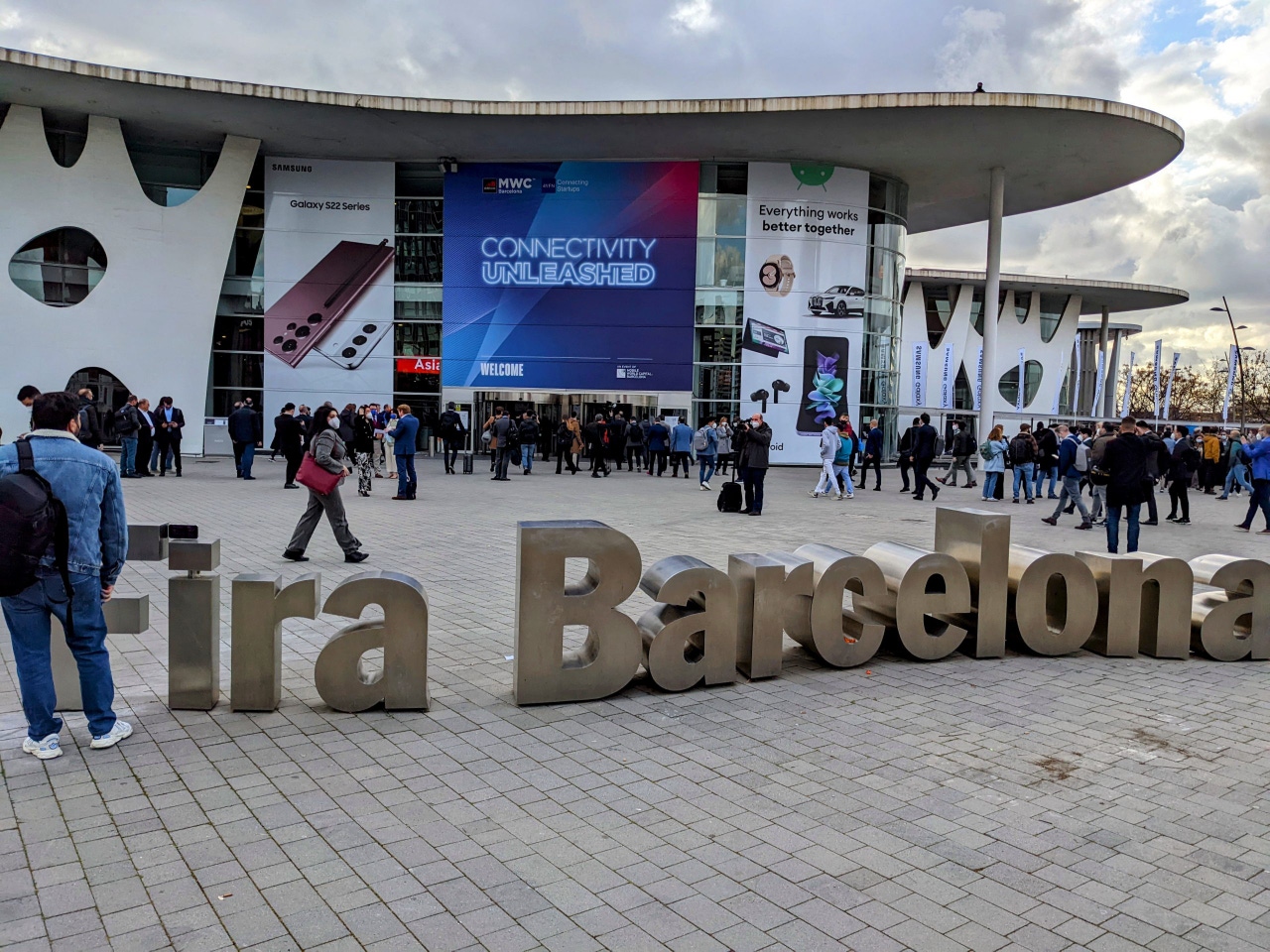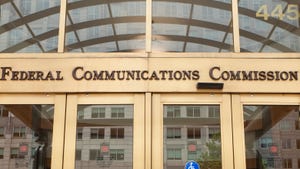MWC will stay in Barcelona until at least 2030MWC will stay in Barcelona until at least 2030
The world’s leading international trade show for the telecoms industry will stay put in its Barcelona home for at least another 7 years.
June 27, 2022

The world’s biggest international trade show for the telecoms industry will stay put in its Barcelona home for at least another 7 years.
The GSMA, which organises Mobile World Congress, announced the show will stay at the Fira de Barcelona until the end of the decade, and that the city ‘is a critical element in making MWC the mobile ecosystem’s must-attend tech event.’ That and the tapas, he must have forgot to add.
The show pitched its tent in Barcelona in 2006, back when it was called 3GSM World Congress, and the GSMA values the economic impact to the city over the last 17 years at €5.3 billion, and claims it has created 140,000 jobs. It has also spawned a number of spin off ventures that are active through the rest of the year as well, such as Mobile World Capital and mSchools.
“We are thrilled to announce that MWC will remain in Barcelona through to 2030,” said Mats Granryd, Director General of the GSMA. “Recent global circumstances have created some of the toughest challenges we’ve faced with MWC, and the strength of our partnership with the Host City Parties was a critical element in our being able to bring the show back. In fact, Barcelona is so intertwined in the MWC experience, it’s hard for me to think about one and not the other.”
John Hoffman, CEO of the GSMA added: “Barcelona is so much more than the city where MWC occurs. We’ve not just grown the event since our move to Barcelona but evolved it to include an entire ecosystem. The hospitality and people of the city and the true partnership we experience at every level means Barcelona is an intricate part of what the GSMA wants to create through MWC. A coming together of community to inspire something bigger than any individual part. This is an exciting time for the mobile ecosystem and the tech sector, and I couldn’t be happier that Barcelona remains the Capital of that activity.”
The general manager of Fira de Barcelona, Constantí Serrallonga has also chipped in to thank the GSMA (in a rather self-congratulatory way) for “emphasizing as a unique differential element the world-class model developed in Barcelona for the establishment and holding of international events. A unique ecosystem in which the characteristics of the city, the excellence of the venues and Fira’s equipment, and the involvement of the administrations play an essential role.”
Something in the region of 60,000 people flocked to Barcelona in March to take part in the return of the MWC as a proper live event, and most of those we spoke to were very pleased to have done so. The covid pandemic and resultant lock down rules meant large scale events were impossible for the previous two years, and you got the impression many were just pleased to get out of the house/office and do a bit old fashioned face to face networking.
The pandemic changed many things on a societal level, and acted as an accelerant for business trends such as home working and the virtual event. Love them or hate them, the fact that the commonly owned office software was sufficiently mature to be able to run webinars and meetings relatively painlessly in 2020 meant you could realistically operate a business with the workforce at home perched on the kitchen table.
If government enforced stay at home orders had been issued in 2005, it’s hard to see how businesses could have carried on. Indeed, perhaps the availability of reliable video conferencing and associated cloud gubbins enabled the national lockdowns to be considered in the first place.
The question for businesses, and the events industry more specifically, was always what happens afterwards? Will people snap back to live events and office environments like coiled springs, eager for some human interaction not filtered through the medium of a laptop screen, or would they decide now that now it can all be done virtually, what’s the point in schlepping into the office or to an event?
The answer appears to be both at this point. Demand for some form of home working certainly seems to be hanging around, leading many businesses to reassess the idea of working spaces for the long term. With relation to events, it looks like while people are certainly happy to return to things like MWC, there are plenty of webinars, virtual conferences and the like happening as well. Perhaps the future looks like a mixture of both.
It’s down to personal taste really, and how much you got out of virtual events in the first place, but in this writer’s opinion they can feel something of a halfway house between going to an event and not bothering at all. A webinar or virtual roundtable can be efficient ways of getting something across, but the participation is never going to be what it is in person.
Spending three or four days at huge, centre stage trade events like MWC or CES yields much more than the extracted information from presentations and launch events that yes, companies can deliver to you virtually now. Making new contacts with the industry, catching up with old ones, getting hands on with a product, sticking your head around a door to catch part of a roundtable rather than booking out a morning 6 months in advance to watch it online, sharing dozens of small, chance interactions with people that you would never have organised Skype call to have… all these things are left by the side of the road in the laser-focussed structure of a virtual equivalent.
Perhaps in the future the technology will be so good that the pros will out way the cons with regards to travelling over to something like MWC, but it doesn’t feel we are there yet. Until then, the formative versions of such virtual reality tech, should it ever live up to its grand promises, will no doubt be banded around at the halls of Fira de Barcelona at MWC next year. See you there.
Get the latest news straight to your inbox. Register for the Telecoms.com newsletter here.
About the Author
You May Also Like










.png?width=300&auto=webp&quality=80&disable=upscale)


_1.jpg?width=300&auto=webp&quality=80&disable=upscale)